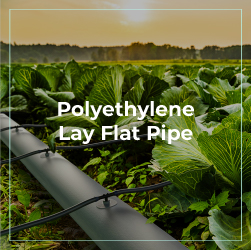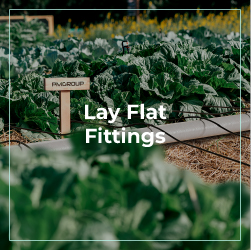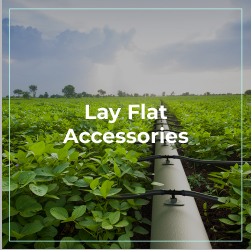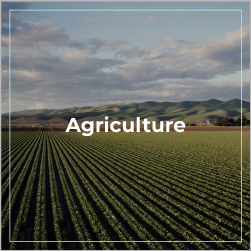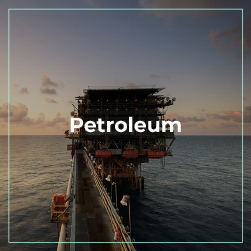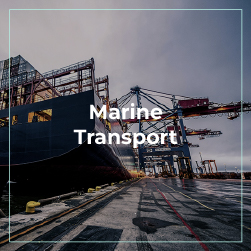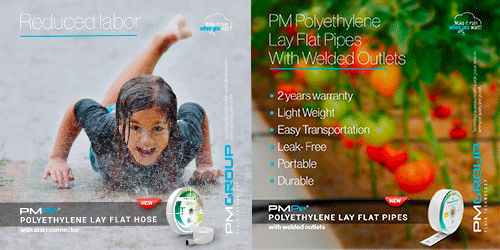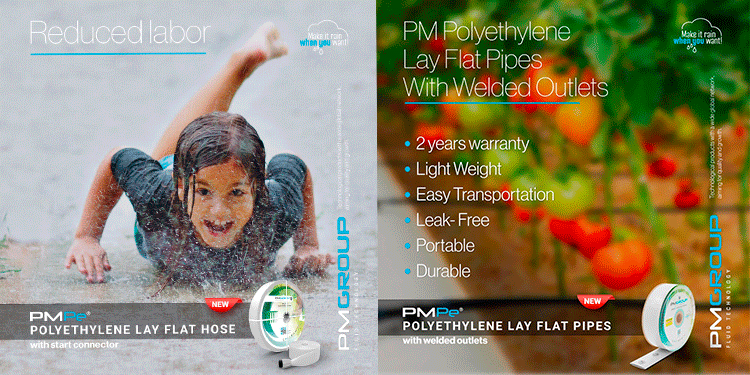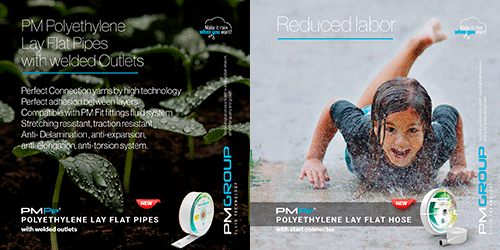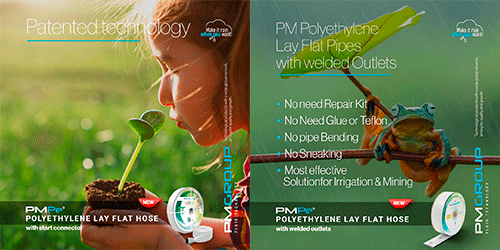Layflat pipe pre-install hoses are becoming increasingly vital in a range of industries, including agriculture, construction, and emergency services. Designed for efficient fluid transfer, these hoses offer a range of benefits that make them a preferred choice for professionals seeking reliable and effective water management solutions. This article delves into the features, advantages, and applications of layflat pipe pre-install hoses, providing a thorough understanding of their role in various sectors.
What Are Layflat Pipe Pre-Install Hoses?
Layflat hoses are flexible, flat tubes designed specifically for the transportation of liquids. Unlike traditional round hoses, layflat hoses expand and lay flat when filled with water, allowing for easier storage and handling. This unique design minimizes space requirements and makes it easier to transport them to job sites, especially in challenging terrains where traditional hoses may be cumbersome.
Layflat Pipe Key Features and Benefits
1. Layflat Pipe Durability and Resistance
Layflat hoses are manufactured using high-quality materials that offer resistance to wear, tear, and environmental factors. Many are made from PVC or polyurethane, which provide excellent durability and UV resistance. This means they can withstand prolonged exposure to sunlight and harsh weather conditions without degrading.
2. layflat Pipe Lightweight and Portable
One of the standout benefits of layflat hoses is their lightweight nature. This characteristic makes them easy to roll up and transport, reducing the overall weight of your equipment. Whether you are moving them from site to site or storing them in compact spaces, layflat hoses make logistics much simpler.
3. Layflat Pipe Flexible and Versatile
These hoses are highly flexible, allowing them to be used in a variety of applications. Their ability to bend and conform to different terrains makes them ideal for irrigation systems, construction sites, and emergency flood control. Additionally, layflat hoses can easily connect to various fittings, pumps, and nozzles, enhancing their versatility in different scenarios.
4. Reduced Trip Hazards
When in use, layflat hoses lie flat on the ground, significantly reducing the risk of tripping hazards. This is especially important in construction and agricultural settings, where worker safety is paramount. The flat design allows for better visibility and minimizes the chances of accidents.
Applications of Layflat Pipe Pre-Install Hoses
1. Irrigation Systems
In agriculture, layflat hoses are often utilized for irrigation systems. They efficiently transport water from pumps to crops, ensuring that water is distributed evenly. Their flexibility allows for installation in various terrains, adapting to the needs of different agricultural practices.
2. Construction and Dewatering
During construction projects, managing water is critical. Layflat hoses are employed for dewatering purposes, quickly removing excess water from excavated areas or job sites. Their ability to handle large volumes of water makes them invaluable in maintaining dry conditions and ensuring work can proceed without delays.
3. Emergency Flood Control
In the event of flooding, layflat hoses can be quickly deployed to redirect water away from critical areas. Their rapid setup capabilities allow emergency services to respond swiftly, mitigating potential damage. This application underscores the importance of layflat hoses in disaster response and recovery efforts.
4. Industrial Uses
Industries such as mining, oil and gas, and chemical manufacturing also benefit from layflat hoses. They are used for transferring various fluids, including water, chemicals, and slurry. Their robust construction ensures safe and efficient transportation of these substances, adhering to industry standards.
Choosing the Right Layflat Hose
When selecting layflat pipe pre-install hoses for your projects, consider several factors to ensure you choose the right product:
1. Diameter and Length
The diameter and length of the hose are crucial for achieving optimal flow rates and fitting your specific needs. Assess the requirements of your project to determine the appropriate size.
2. Pressure Rating
Different applications may require varying pressure ratings. Ensure the layflat hose you select can handle the pressure needed for your specific application to avoid issues such as bursting or leaks.
3. Material Composition
Select hoses made from materials that offer the best durability and resistance for your environment. For example, choose UV-resistant materials for outdoor applications or chemical-resistant materials for industrial use.
Layflat pipe pre-install hoses are an essential asset across various industries due to their durability, flexibility, and efficiency. From agricultural irrigation to construction dewatering and emergency flood control, these hoses provide reliable solutions for fluid transfer needs. By understanding their features and applications, you can make informed decisions when incorporating layflat hoses into your projects, ultimately enhancing productivity and safety. Investing in high-quality layflat hoses is a smart move for anyone looking to streamline their water management processes and ensure the success of their operations.

